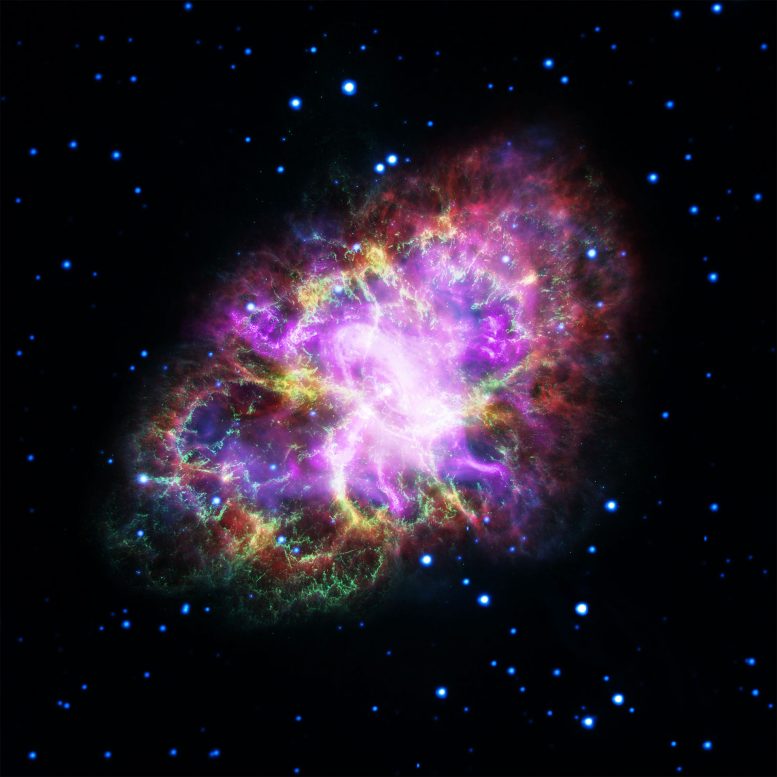
Crab Nebula. Credit: NASA, ESA, G. Dubner (IAFE, CONICET-University of Buenos Aires) et al.; A. Loll et al.; T. Temim et al.; F. Seward et al.; VLA/NRAO/AUI/NSF; Chandra/CXC; Spitzer/JPL-Caltech; XMM-Newton/ESA; and Hubble/STScI
Witness the most spectacular and mysterious depths of the cosmos through Hubble’s eye. These unique images are some of the best ever captured by the Hubble Space Telescope.
Astronomers have produced a highly detailed image of the Crab Nebula, by combining data from telescopes spanning nearly the entire breadth of the electromagnetic spectrum, from radio waves seen by the Karl G. Jansky Very Large Array (VLA) to the powerful X-ray glow as seen by the orbiting Chandra X-ray Observatory. And, in between that range of wavelengths, the Hubble Space Telescope’s crisp visible-light view, and the infrared perspective of the Spitzer Space Telescope.
The Crab Nebula, the result of a bright supernova explosion seen by Chinese and other astronomers in the year 1054, is 6,500 light-years from Earth. At its center is a super-dense neutron star, rotating once every 33 milliseconds, shooting out rotating lighthouse-like beams of radio waves and light — a pulsar (the bright dot at the image center). The nebula’s intricate shape is caused by a complex interplay of the pulsar, a fast-moving wind of particles coming from the pulsar, and material originally ejected by the supernova explosion and by the star itself before the explosion.
This image combines data from five different telescopes: the VLA (radio) in red; Spitzer Space Telescope (infrared) in yellow; Hubble Space Telescope (visible) in green; XMM-Newton (ultraviolet) in blue; and Chandra X-ray Observatory (X-ray) in purple.
The new VLA, Hubble, and Chandra observations all were made at nearly the same time in November of 2012. A team of scientists led by Gloria Dubner of the Institute of Astronomy and Physics (IAFE), the National Council of Scientific Research (CONICET), and the University of Buenos Aires in Argentina then made a thorough analysis of the newly revealed details in a quest to gain new insights into the complex physics of the object. They are reporting their findings in the Astrophysical Journal.
“Comparing these new images, made at different wavelengths, is providing us with a wealth of new detail about the Crab Nebula. Though the Crab has been studied extensively for years, we still have much to learn about it,” Dubner said.
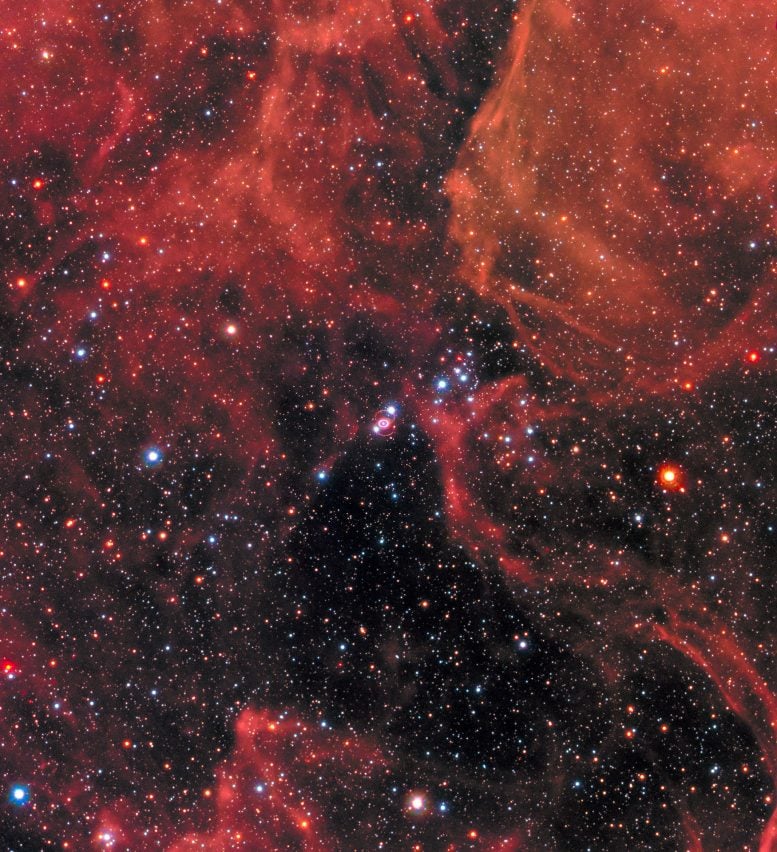
Supernova 1987A within the Large Magellanic Cloud. Credit: NASA, ESA, R. Kirshner (Harvard-Smithsonian Center for Astrophysics and Gordon and Betty Moore Foundation), and M. Mutchler and R. Avila (STScI)
This Hubble Space Telescope image shows Supernova 1987A within the Large Magellanic Cloud, a neighboring galaxy to our Milky Way. Distant stars serve as a backdrop for Supernova 1987A, located in the center of the image. The bright ring around the central region of the exploded star is composed of material ejected by the star about 20,000 years before its demise. Gaseous clouds surround the supernova. The clouds’ red color represents the glow of hydrogen gas, which is fueling a firestorm of star birth.
Supernova 1987A was discovered in 1987, and Hubble began observing the exploded star in the early 1990s. This latest view was taken by Hubble’s Wide Field Camera 3 in January 2017. The colors of the foreground and background stars were added from observations taken by Hubble’s Wide Field Planetary Camera 2.
Supernova 1987A resides 163,000 light-years away.
Astronomers have made the most detailed study yet of an extremely massive young galaxy cluster using three of NASA’s Great Observatories. This multiwavelength image shows this galaxy cluster, called IDCS J1426.5+3508 (IDCS 1426 for short), in X-rays recorded by the Chandra X-ray Observatory in blue, visible light observed by the Hubble Space Telescope in green, and infrared light from the Spitzer Space Telescope in red.
This rare galaxy cluster, which is located 10 billion light-years from Earth, is almost as massive as 500 trillion suns. This object has important implications for understanding how these megastructures formed and evolved early in the universe. Astronomers have observed IDCS 1426 when the universe was less than a third of its current age. It is the most massive galaxy cluster detected at such an early age.
First discovered by the Spitzer Space Telescope in 2012, IDCS 1426 was then observed using the Hubble Space Telescope and the Keck Observatory to determine its distance. Observations from the Combined Array for Millimeter-wave Astronomy indicated it was extremely massive. New data from the Chandra X-ray Observatory confirm the galaxy cluster mass and show that about 90 percent of the mass of the cluster is in the form of dark matter, the mysterious substance that has so far been detected only through its gravitational pull on normal matter composed of atoms.
There is a region of bright X-ray emission (seen as blue-white) near the middle of the cluster, but not exactly at the center. The location of this “core” of gas suggests that the cluster has had a collision or interaction with another massive system of galaxies relatively recently, perhaps within about the last 500 million years. This would cause the core to “slosh” around like wine in a moving glass and become offset as it appears to be in the Chandra data. Such a merger would not be surprising, given that astronomers are observing IDCS 1426 when the universe was only 3.8 billion years old. So that an enormous structure can form so rapidly, scientists think mergers with smaller clusters would likely play a role in a large cluster’s growth.
This core, while still extremely hot, contains cooler gas than its surroundings. This is the most distant galaxy cluster where such a “cool core” of gas has been observed. Astronomers think these cool cores are important in understanding how quickly hot gas cools off in clusters, influencing the rate at which stars are born. This cooling rate can be slowed down by outbursts from a supermassive black hole in the center of the cluster. Apart from the cool core, the hot gas in the cluster is remarkably symmetrical and smooth. This is another piece of evidence that IDCS 1426 formed very rapidly and quickly in the early universe. Despite the high mass and rapid evolution of this cluster, its existence does not pose a threat to the standard model of cosmology.
These results were presented at the 227th American Astronomical Society meeting being held in Kissimmee, Florida. They are also in a paper accepted to The Astrophysical Journal and available online. The authors are Mark Brodwin (University of Missouri in Kansas City, Missouri), Michael McDonald (Massachusetts Institute of Technology in Cambridge, Massachusetts), Anthony Gonzalez (University of Florida in Gainesville, Florida), Spencer Stanford (University of California in Davis, California), Peter Eisenhardt (California Institute of Technology in Pasadena, California), Daniel Stern (California Institute of Technology in Pasadena, California), and Gregory Zeimann (Pennsylvania State University in University Park, Pennsylvania).
This NASA Hubble Space Telescope photo of NGC 7714 presents an especially striking view of the galaxy’s smoke-ring-like structure. The golden loop is made of Sun-like stars that have been pulled deep into space, far from the galaxy’s center. The galaxy is located approximately 100 million light-years from Earth in the direction of the constellation Pisces.
The universe is full of such galaxies that are gravitationally stretched and pulled and otherwise distorted in gravitational tug-o’-wars with bypassing galaxies.
The companion galaxy doing the “taffy pulling” in this case, NGC 7715, lies just out of the field of view in this image. A very faint bridge of stars extends to the unseen companion. The close encounter has compressed interstellar gas to trigger bursts of star formation seen in bright blue arcs extending around NGC 7714’s center.
The gravitational disruption of NGC 7714 began between 100 million and 200 million years ago, at the epoch when dinosaurs ruled the Earth.
The image was taken with the Wide Field Camera 3 and the Advanced Camera for Surveys in October 2011.
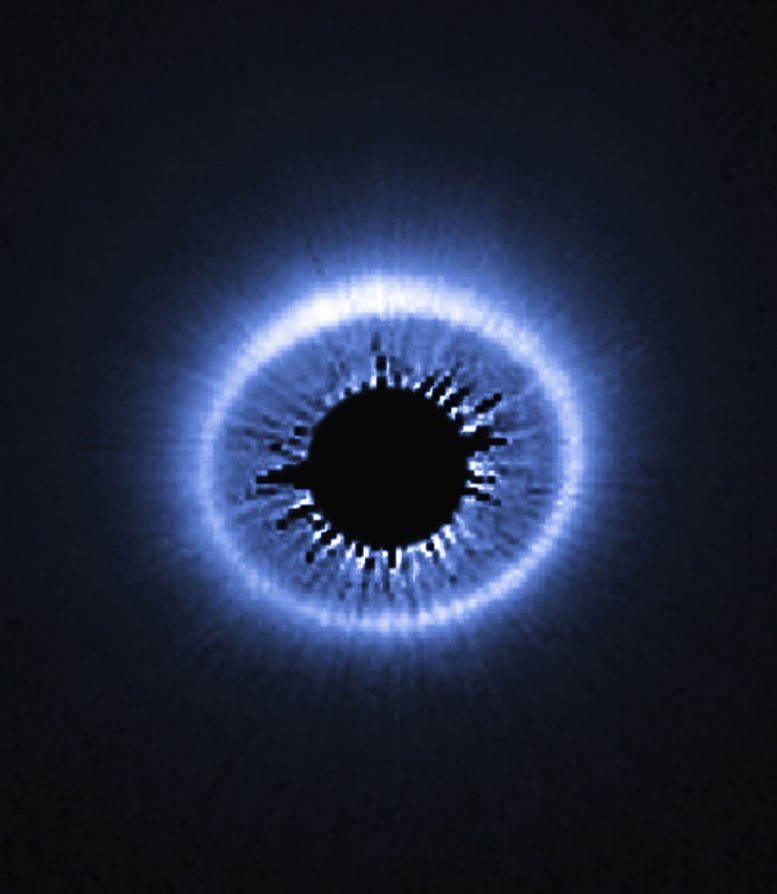
Circumstellar dusty disk. Credit: NASA, ESA, G. Schneider (University of Arizona), and the HST/GO 12228 Team
Over the past few years, astronomers have found an incredible diversity in the architecture of exoplanetary systems, as well as the planets themselves. A survey using the sharp view of the Hubble Space Telescope has uncovered a similar diversity in the debris systems that coincide with the formation of exoplanets. These circumstellar dusty disks are likely generated by collisions between objects left over from planet formation around stars. The survey’s results suggest that there is some sort of interdependence between a planet and the accompanying debris system.
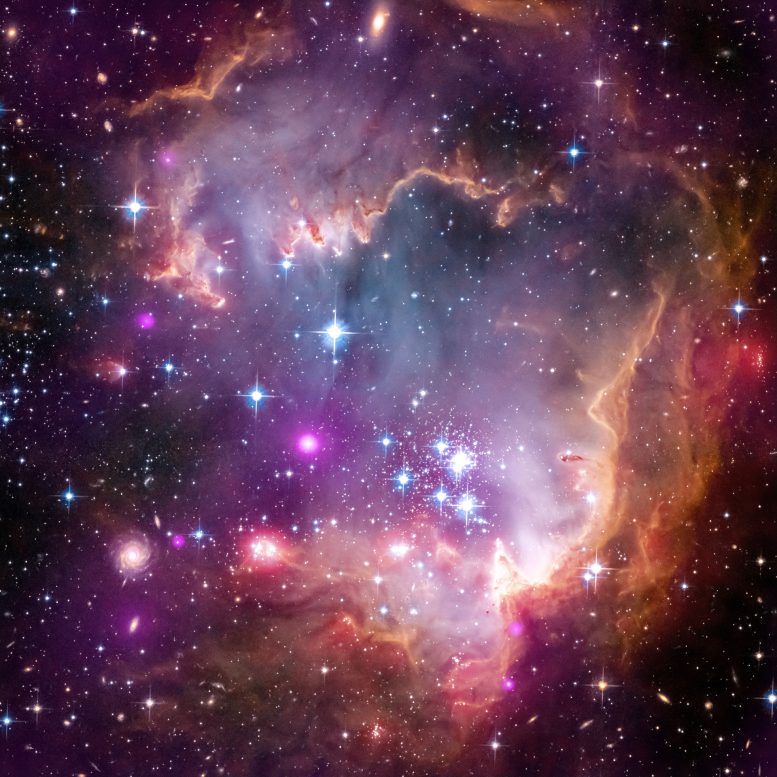
Small Magellanic Cloud. Credit: NASA, ESA, CXC and the University of Potsdam, JPL-Caltech, and STScI
The Small Magellanic Cloud (SMC) is one of the Milky Way’s closest galactic neighbors. Even though it is a small or so-called dwarf galaxy, the SMC is so bright that it is visible to the unaided eye from the Southern Hemisphere and near the equator. Many navigators, including Ferdinand Magellan who lends his name to the SMC, used it to help find their way across the oceans.
Modern astronomers are also interested in studying the SMC (and its cousin, the Large Magellanic Cloud), but for very different reasons. Because the SMC is so close and bright, it offers an opportunity to study phenomena that are difficult to examine in more distant galaxies.
New Chandra data of the SMC have provided one such discovery: the first detection of X-ray emission from young stars, with masses similar to our Sun, outside our Milky Way galaxy. The new Chandra observations of these low-mass stars were made of the region known as the “Wing” of the SMC. In this composite image of the Wing, the Chandra data are shown in purple, optical data from the Hubble Space Telescope are shown in red, green, and blue, and infrared data from the Spitzer Space Telescope are shown in red.
Astronomers call all elements heavier than hydrogen and helium – that is, with more than two protons in the atom’s nucleus – “metals.” The Wing is a region known to have fewer metals compared to most areas within the Milky Way. There are also relatively lower amounts of gas, dust, and stars in the Wing compared to the Milky Way.
Taken together, these properties make the Wing an excellent location to study the life cycle of stars and the gas lying in between them. Not only are these conditions typical for dwarf irregular galaxies like the SMC, they also mimic ones that would have existed in the early universe.
Most star formation near the tip of the Wing is occurring in a small region known as NGC 602, which contains a collection of at least three star clusters. One of them, NGC 602a, is similar in age, mass, and size to the famous Orion Nebula Cluster. Researchers have studied NGC 602a to see if young stars – that is, those only a few million years old – have different properties when they have low levels of metals, like the ones found in NGC 602a.
Using Chandra, astronomers saw extended X-ray emission, from the two most densely populated regions in NGC 602a. The extended X-ray cloud likely comes from the population of young, low-mass stars in the cluster, which have previously been picked out by infrared and optical surveys using Spitzer and Hubble, respectively. This emission is not likely to be hot gas blown away by massive stars, because the low metal content of stars in NGC 602a implies that these stars should have weak winds. The failure to detect X-ray emission from the most massive star in NGC 602a supports this conclusion, because X-ray emission is an indicator of the strength of winds from massive stars. No individual low-mass stars are detected, but the overlapping emission from several thousand stars is bright enough to be observed.
The Chandra results imply that the young, metal-poor stars in NGC 602 produce X-rays in a matter similar to stars with much higher metal content found in the Orion cluster in our galaxy. The authors speculate that if the X-ray properties of young stars are similar in different environments, then other related properties – including the formation and evolution of disks where planets form – are also likely to be similar.
X-ray emission traces the magnetic activity of young stars and is related to how efficiently their magnetic dynamo operates. Magnetic dynamos generate magnetic fields in stars through a process involving the star’s rotation speed and convection, the rising and falling of hot gas in the star’s interior.
The combined X-ray, optical, and infrared data also revealed, for the first time outside our galaxy, objects representative of an even younger stage of evolution of a star. These so-called “young stellar objects” have ages of a few thousand years and are still embedded in the pillar of dust and gas from which stars form, as in the famous “Pillars of Creation” of the Eagle Nebula.
A paper describing these results was published online and in the March 1, 2013, issue of The Astrophysical Journal. The first author is Lidia Oskinova from the University of Potsdam in Germany.

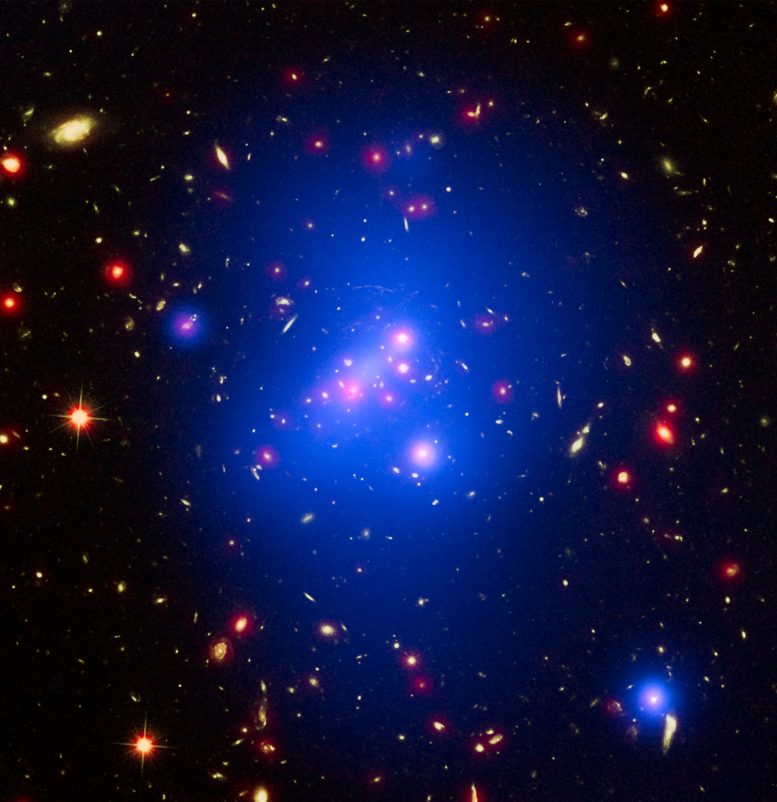
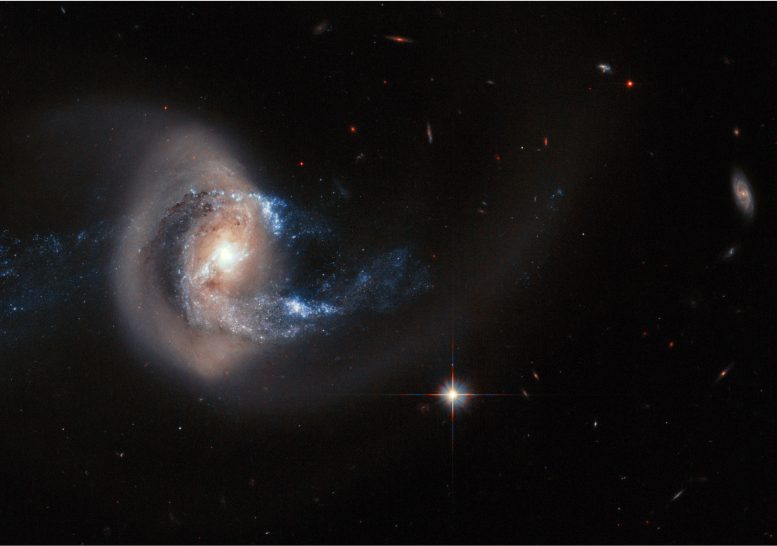



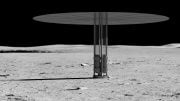
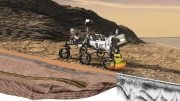
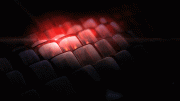


A wonderful collection of some of the best Hubble images.
fantastic!! I don’t know any other way to say WOW!!